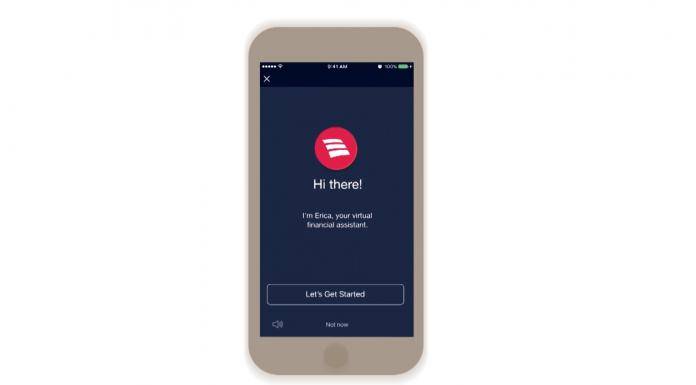
While much focus on artificial intelligence has been on the bigger players like Google Assistant, Alexa, Cortana, Bixby, etc, there is also a growing number of brands and services that are exploring AI particularly when it comes to customer service. Bank of America has now announced that they are rolling out the first AI virtual assistant in financial services and they’re calling it Erica. Using AI, predictive analytics, and natural language, this service will be able to not just bring convenient services to clients but also customize it according to their past and ongoing behavior, helping with simple to complex tasks related to banking and financial services.
2018 is shaping up to be the year when AI isn’t just a scary episode of Black Mirror (although it can still be). We’re seeing devices and appliances continuing to integrate virtual assistants like Google Assistant and Alexa so that consumers can have a truly smart home experience. Smart speakers in particular are pretty popular and studies are showing that 1 in 6 people in the US (around 39 million people) now own a voice-activated smart speaker. In fact, an NPR and Edison Research Study says that smart speaker adoption is even outpacing smartphone sales. Google and Amazon are also allowing third parties to have access to their virtual assistants in order to integrate it to their apps and services.
AI-powered chatbots are also a growing market, with companies preferring to bring their sales and/or customer service related interactions in order to not just reduce operation costs but also to bring a better experience to their customers. They can build their own from scratch or use chatbot providers like Liveperson, LiveChat, or Amazon Lex, etc. While most have similar learning capabilities, what differentiates the big boys from the smaller players is the learning process and how they process the data that is fed into the AI and also how they “understand” through the natural language processing (NLP) capability.
While not all consumers understand that they are dealing with chatbots rather than actual people, the more business that adapt this kind of service, the more people will get used to using virtual assistants and chatbots in dealing with businesses. Educating users about AI is also key, especially when it comes to security and privacy issues. The “emotional intelligence” of these AI assistants are also key, as human nuance is something that machines have yet to fully comprehend. While Alexa and Google Assistant are now being updated to understand context, they still have a long way to go before they can truly adjust to a person’s communication style and optimize both efficiency and customer satisfaction.
As for Bank of America’s Erica, clients will be able to do things like search for past transactions, help them improve their credit scores through better money management, navigate their bank’s app and access important information (hopefully securely). It will even help you to schedule meetings with specialists in financial centers, in case you would still need human, face-to-face interaction. They’re also working on more complex features like sending proactive notifications regarding their upcoming bills and payments, finding out ways for them to be able to save more based on their spending behavior, and managing and monitoring transaction history and changes. We’ll see in the coming months if this will become a trend and if other financial insulations will also be utilizing AI tools to help customers manage their banking and financial experiences.
SOURCE: Bank of America









